Emergency Response Guide For Storm-Damaged Trees
Storms can do a number on trees. All it takes is one strong gust of wind or several hours of heavy rain to leave splintered trunks, broken branches, or entire trees leaning in directions they shouldn’t be. When that happens, safety comes first. Dealing with fallen or damaged trees quickly helps avoid more damage to your home, yard, or nearby structures.
The longer you wait, the higher the chance for added problems. Branches can snap without warning, roots can shift, and cracked trunks get weaker with time. That’s why it’s so important to know what to do right after a storm blows through. Acting on time makes a big difference when it comes to cleanup and staying safe.
Assessing Storm Damage
After the weather clears, it might be tempting to walk outside and start picking up debris. But before you do that, take a step back and look over the area carefully. Storm-damaged trees can be dangerous, even if they seem stable at first glance. If a tree has lost limbs or is suddenly leaning toward a power line or fence, that needs attention right away.
Here are a few things to look for when checking trees after a storm:
- Cracks in the trunk or large branches
- Hanging branches that didn’t fall completely
- Roots lifting above ground or soil washed away
- Trees that lean more than they used to
- Branches resting on power lines or structures
Even trees that don’t appear broken could be weakened internally. If anything looks off, unusual, or out of place, that’s reason to avoid getting close. People often overlook small splits in limbs or trunks, and those can cause real damage if the branch drops hours or days later. Keep pets and kids away from the area until everything’s inspected and handled properly.
There’s also a difference between a tree that has a few limbs damaged and one that poses a real hazard. For example, if a large branch is hanging within reach of a sidewalk or a driveway, that’s urgent. So is any tree that’s blocking movement, weighing on a structure, or tangled in wires.
Don’t feel like you need to figure it all out on your own. Spotting possible dangers is helpful, but cutting or removing anything should always be left to the pros.
Immediate Safety Measures
Once you’ve looked over the trees and have a rough idea of what’s damaged, the next step is keeping the area safe. Even if you don’t spot any major issues right away, there may still be hard-to-see hazards hiding under branches or stuck in the trees above.
Here are a few easy ways to protect your space after a storm:
1. Keep everyone away from damaged trees: Make sure no one walks under or near any tree that looks unstable. Tree limbs can fall without warning after being hit by wind or lightning.
2. Put up clear markers or barriers: If you have cones, rope, or fencing, use those to block off the area. This is especially helpful if the damage is near a walkway, driveway, or road.
3. Steer clear of power lines: If a branch is touching or near a power line, stay back and do not touch anything nearby. Call a professional or your utility company right away.
4. Don’t climb or try to move large branches: This might feel like something you can handle, especially for smaller trees, but doing so can easily shift the balance or make things worse.
5. Contact emergency tree services if the damage is severe: If the tree is already on your roof, car, or blocking your front door, don’t wait. That’s an emergency that needs a trained crew.
Even after you've marked the area or moved small items out of the way, it's smart to keep checking things for a few days. Sometimes trees don’t fall right away after a storm. High winds can leave branches hanging or trunks split without falling until gravity finally pulls them down. Stay alert for any creaks, shifting sounds, or cracks in the bark.
Being careful in the hours after a storm keeps everyone out of harm’s way and prevents further damage. Once the danger zone is marked and cleared, it’s safe to look at next steps or reach out to professionals who can help clear it up for good.
Professional Storm Damage Response
Once you've gotten the area secured and know which trees are damaged, it's time to bring in the pros. Removing storm-damaged trees isn’t just about clearing limbs off the ground. It takes training and the right equipment to do the job safely. Trees that are leaning, fractured, or close to power lines can go from looking stable to falling the second you make a wrong cut.
A certified tree service crew knows how to:
- Plan and control the fall path of broken or uprooted trees
- Use rigging techniques to lower large limbs safely
- Handle heavy equipment without tearing up your yard or pavement
- Work around electrical hazards and structures
- Avoid splitting or creating new damage to the tree or surrounding area
Many times, what looks like a mess of limbs is actually a tricky situation with weight shifts under tension. Trying to cut those off without experience can set off a chain reaction that ends with someone getting hurt or property taking more damage. A professional can assess the structure of the tree, where the tension lies, and the safest way to remove or trim what's needed.
It’s also worth noting that damaged trees that are still standing might not show their full instability right away. Stress cracks, internal decay, or weakened branching can linger. Trained crews can spot early signs that most people miss. By calling in help, you’re not just solving the current problem, you’re giving your property a better shot at avoiding more costly fixes later down the road.
Preventative Measures For Future Storms
Taking a few steps before storm season rolls in can make a big difference the next time heavy winds hit. You won’t always be able to stop a tree from taking a hit, but well-maintained trees handle stress better, break less often, and bounce back faster.
Here are a few simple habits that can help make your trees stronger against future storms:
- Trim weak or overhanging branches regularly
- Avoid topping trees, which weakens their natural structure
- Keep trees watered during dry spells so the roots stay deep and strong
- Remove dead or dying limbs as soon as you spot them
- Schedule a full tree assessment yearly, focusing on trees near your house, driveway, or sheds
Storm damage doesn't always start with wind or rain. Sometimes it's build-up over time. A tree that hasn't been trimmed in years can easily split under pressure. Others might look healthy but have hollow areas inside the trunk or branches filled with decay.
Investing in low-maintenance pruning and upkeep now might mean avoiding big disasters later. For example, after several strong monsoons hit one neighborhood, one yard had broken limbs all through the driveway, while their next-door neighbor’s trees stayed solid. The difference? One was professionally inspected each spring. A small step made all the difference.
Keeping Trees Strong Year-Round
Storms don’t tend to give much warning, which is why long-term tree health matters. When trees are cared for on a regular basis, not just after bad weather, they grow stronger and stay more stable through whatever nature throws their way. You’re not simply preparing for the next storm, you’re building a more resilient yard all around.
Keeping trees in good shape year-round means less debris to clean up, fewer safety risks, and fewer surprise expenses. Plus, it helps your trees stay green and healthy during every season. Whether branches grow over roofs, lean over fences, or stretch toward power lines, it's always better to address those before a storm forces your hand.
Caring for storm-damaged trees isn't just about what happens after the rain stops. It’s about paying attention to patterns, making smart plans, and getting reliable help when the timing matters most. Keeping trees strong and safe is a shared goal between you and the pros trained to help.
To ensure your trees remain safe and resilient after a storm, consider securing professional help. Discover how our expertise in tree removal can protect your property and keep your landscape looking its best. Tree Experts, LLC is here to handle the heavy lifting, so you can enjoy peace of mind all year round.


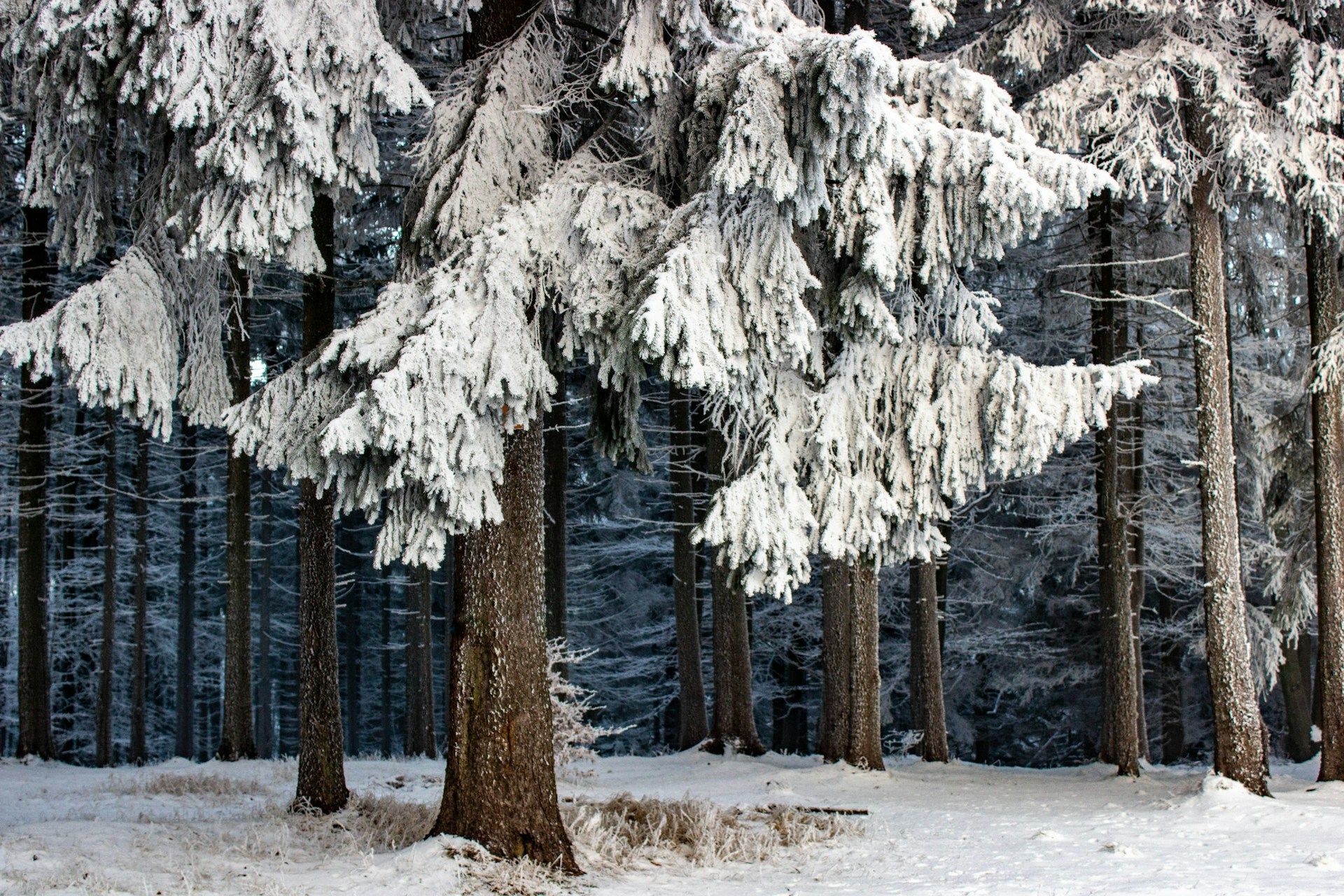
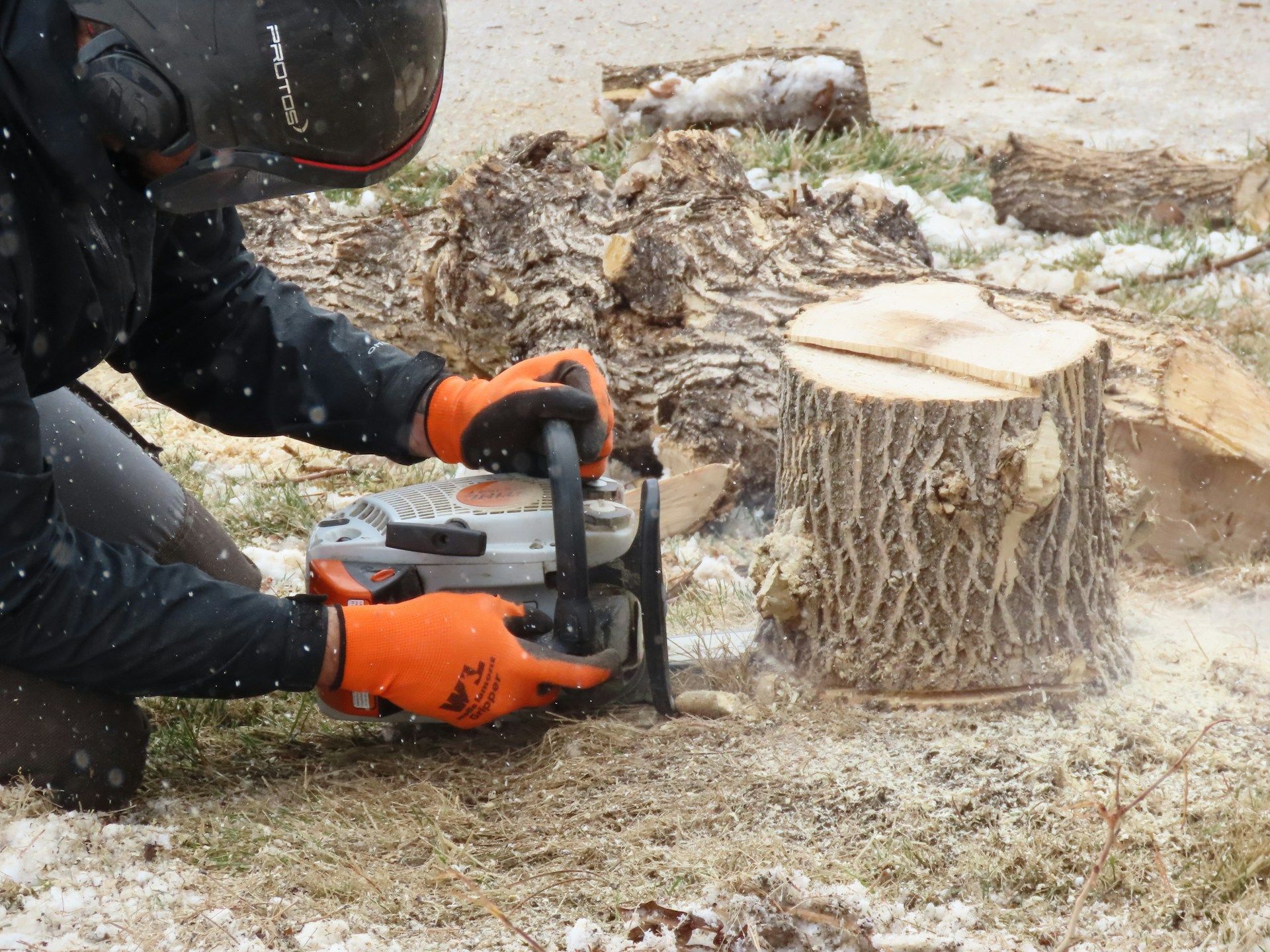
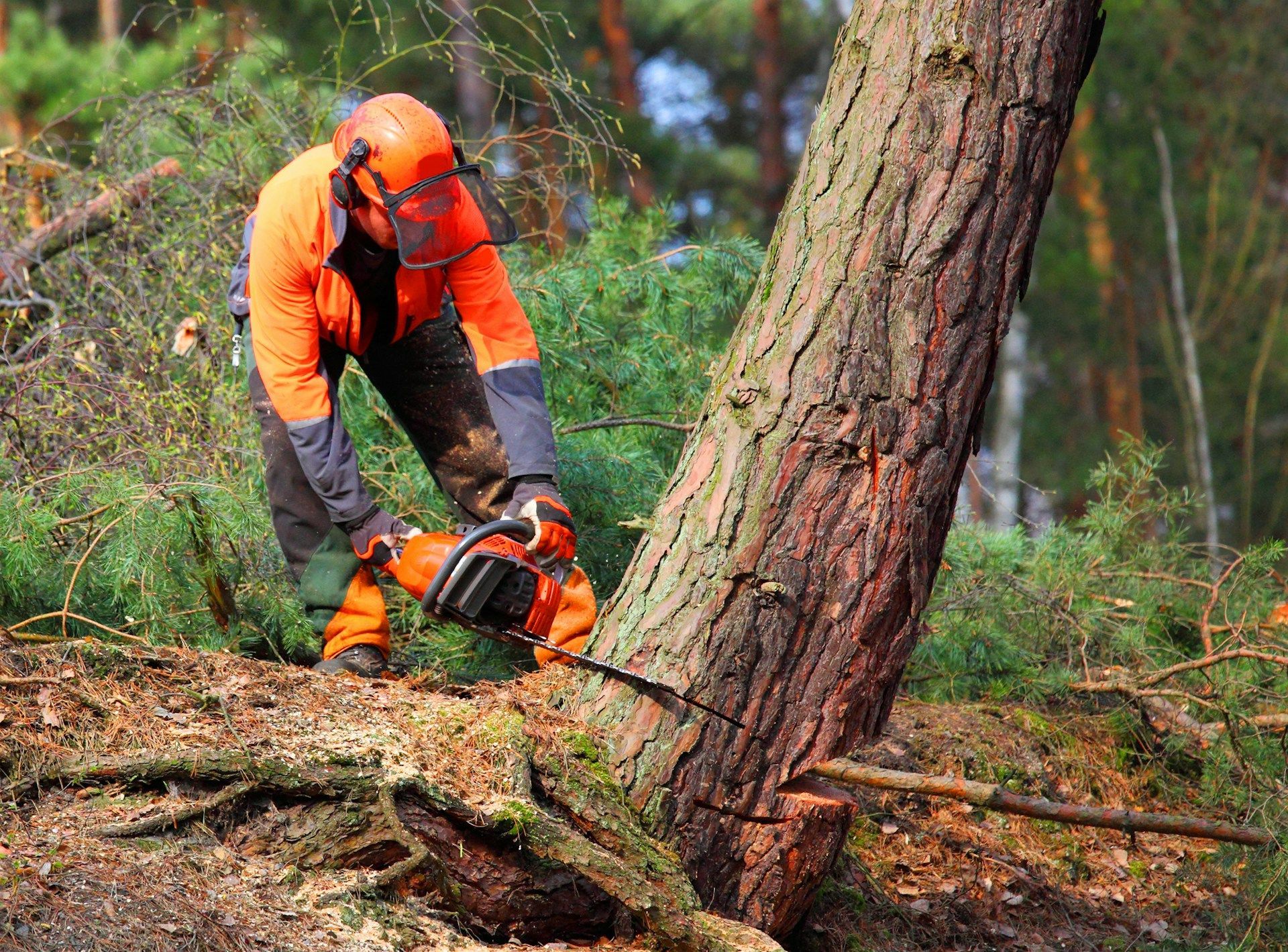
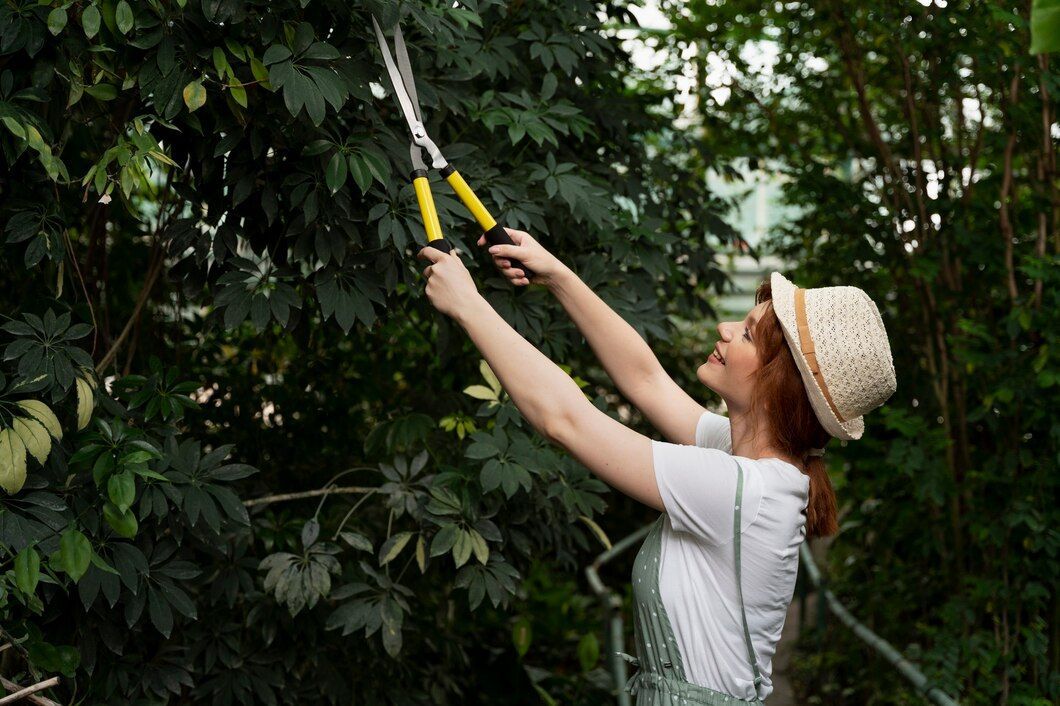
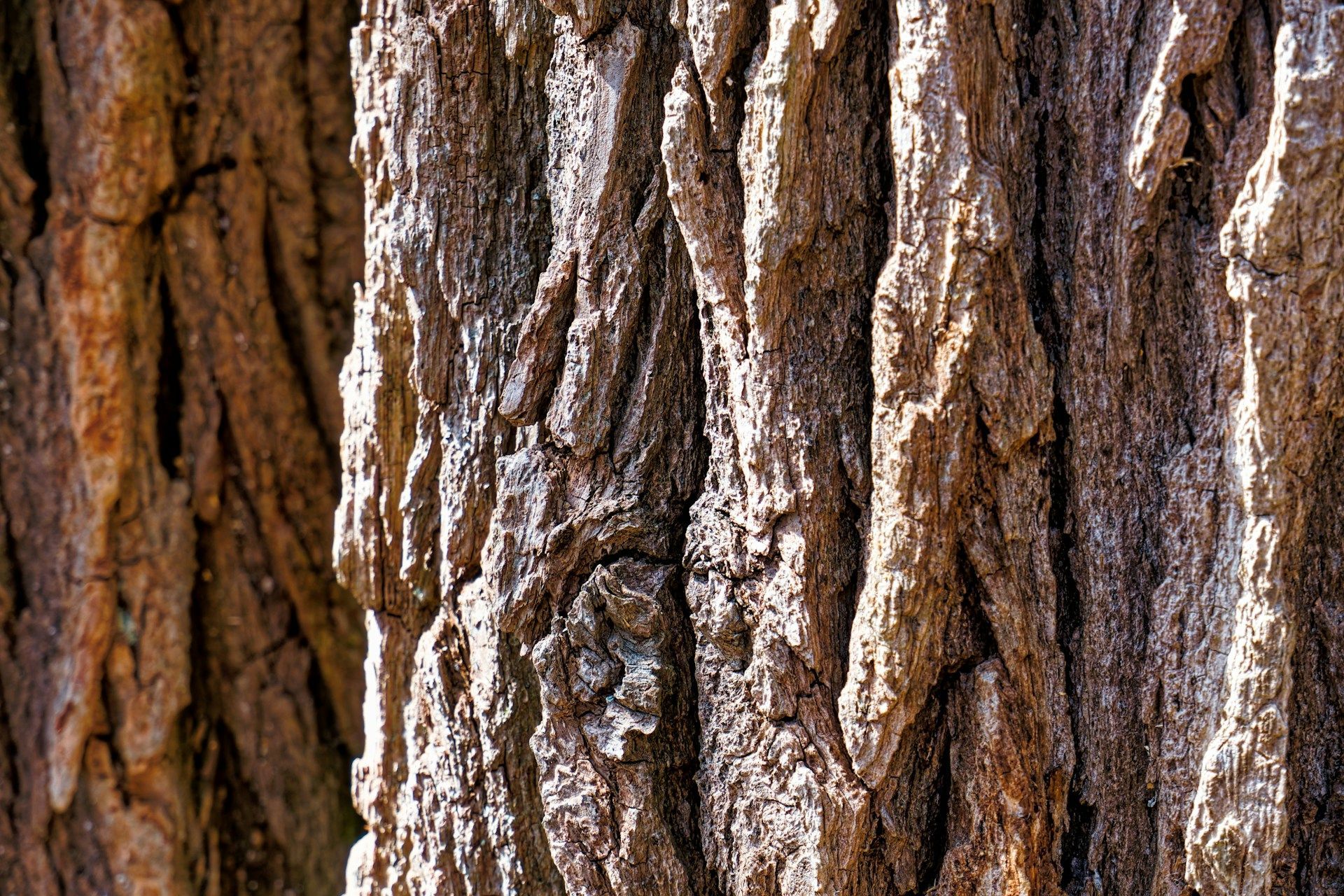

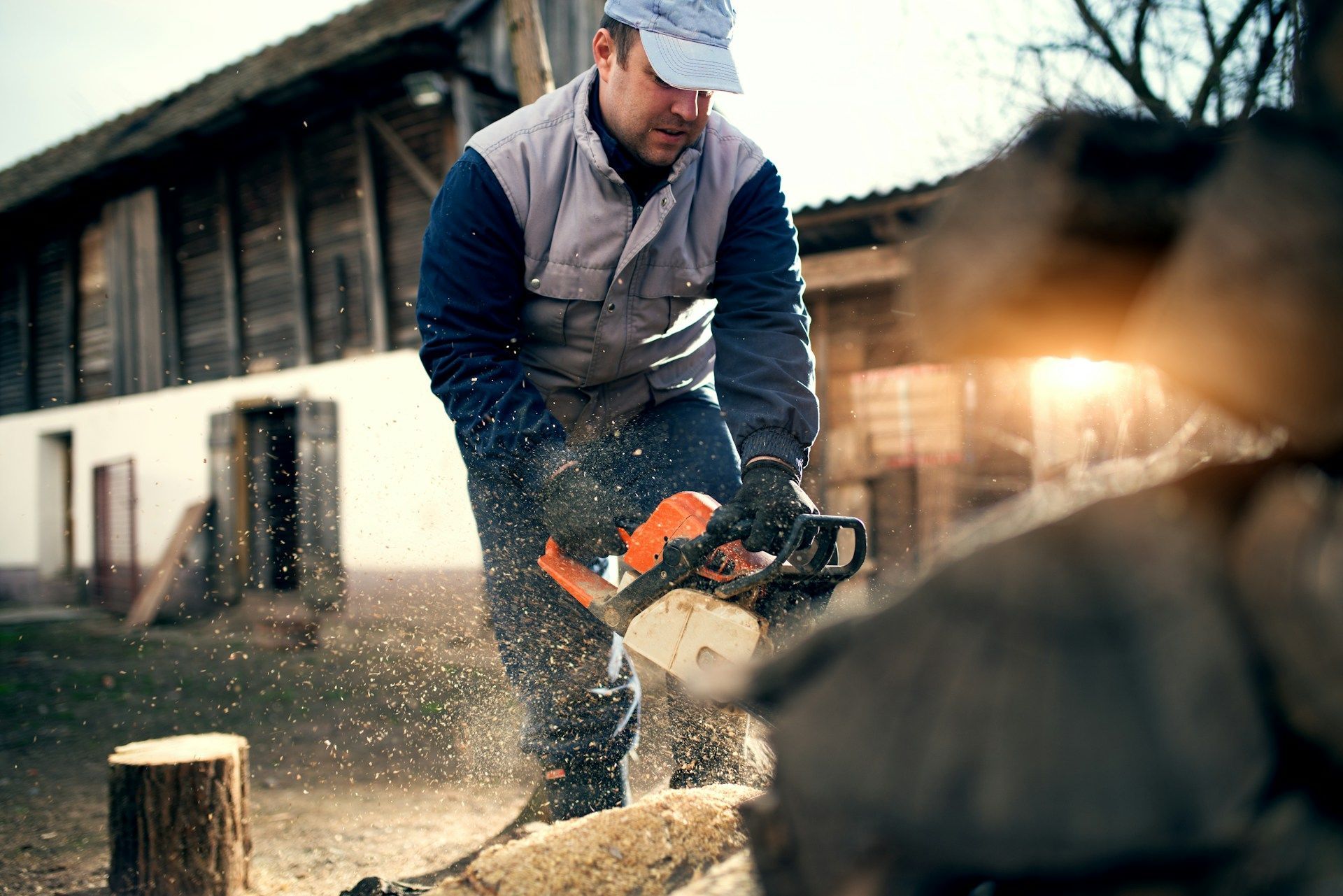

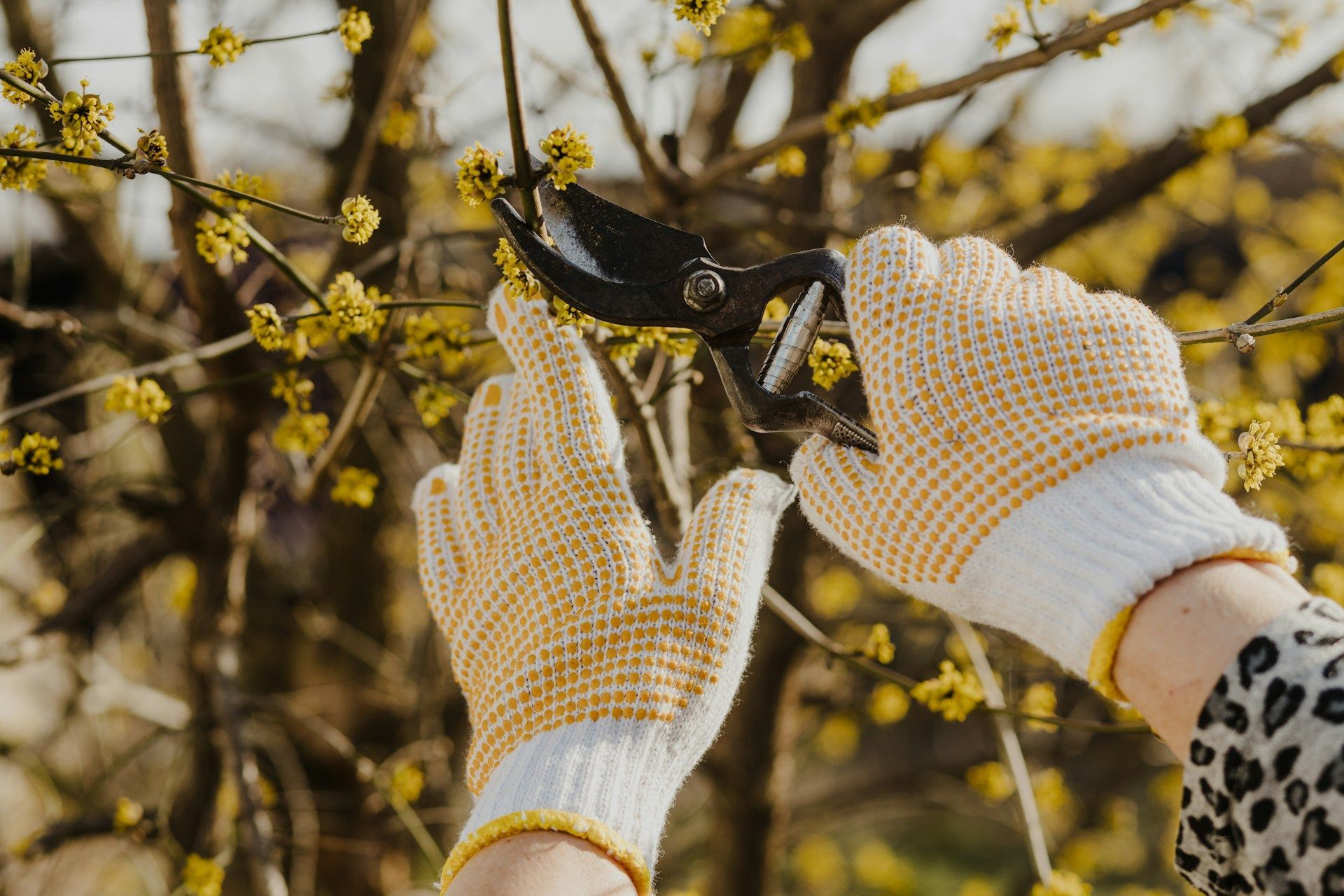
Share On: